When running a business, marketing could be a difficult task. Off course, you’re focused on keeping your current customer’s happy so that they stick around and hopefully pass you referrals.
You enjoy the benefits of new clients finding you, usually because of their own efforts rather than yours.
Though it may have worked well for you until now, but it’s not a reliable or consistent approach to growing your business.
To attract new customers and make your business goals a reality, you’ll need to include marketing campaigns into your ongoing marketing strategy.
The term ‘marketing campaign’ are misused in several ways and many people don’t really understand what it entails.
If you are new to marketing campaign, it can be tough to understand all of the working parts. or if you’re already on it, you may still find it difficult to come up with an effective campaign that will produce the result you want.
However the case may be, an effective marketing campaign demands a great deal of time, patience and planning.
In this article, I will show you everything you need to design your marketing campaign and make it a success.
But before we jump into that, let’s first discuss the:
Concept of Marketing Campaign
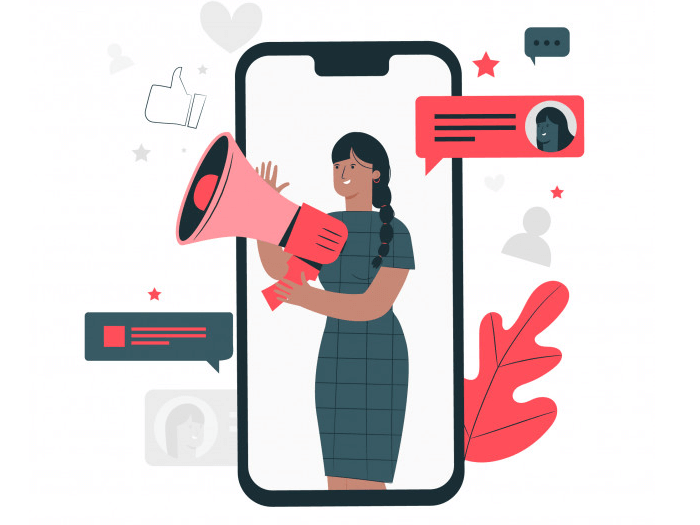
Marketing campaigns are organized, strategized efforts to promote a specific business goal, such as raising awareness of a new product, service or capturing customer feedback.
Marketing campaign could also be to communicate new or existing product or service to a targeted audience, to reinforce the brand promise and brand positioning, or acquire more customers to bring in more revenue to the organization.
It’s concepts are typically aim to reach consumers in a variety of ways and involve a combination of media, which includes but not limited to email, print advertising, television or radio advertising, pay-per-click, and social media.
In simple words; a marketing campaign is a series of actions:
- that exists outside of your ongoing marketing tasks and meant to achieve a particular task.
- Has a budget (even if it’s a $0).
- Has a specific desired outcome.
- Starts and ends on a specific date.
As an example:
You’re trying to attract new clients in a particular business dealings, so you host a number of events such as advertising in the local paper, and ask existing customers for referrals. At the same time, you still continue your inbound marketing operation—running Facebook and Google Adwords ads, writing blog content, and so on.
If you’re skeptical whether you’re running a campaign, ask yourself;
“When am I beginning this project or activity, and when am I wrapping it up?”
If the answer is “now” and “never,” it’s an ongoing part of your marketing strategy, NOT a campaign.
But if the answer is something like, “january 2” and “August 11,” then you’re probably launching a campaign.
Similarly, most of the Nike advertisement you see or hear on your way to work are often not part of a marketing campaign but a prt of their marketing strategy.
But, when you see a Nike billboard, scroll past a Nike sponsored Instagram post, or receive a Nike email all promoting the same product. You’ve definitely witnessed a marketing campaign.
Now that you’ve known what marketing campaign is,
Lets dive into the steps to:
Planning Your Marketing Campaign
Planning is important to the effectiveness of your marketing campaign. It helps you determine how to measure your success and serves as a “Go-To” guide for you and your team when things are getting down.
Here are a few steps to come up with a successful marketing plan:
Step 1: Establish ‘SMART’ Goals
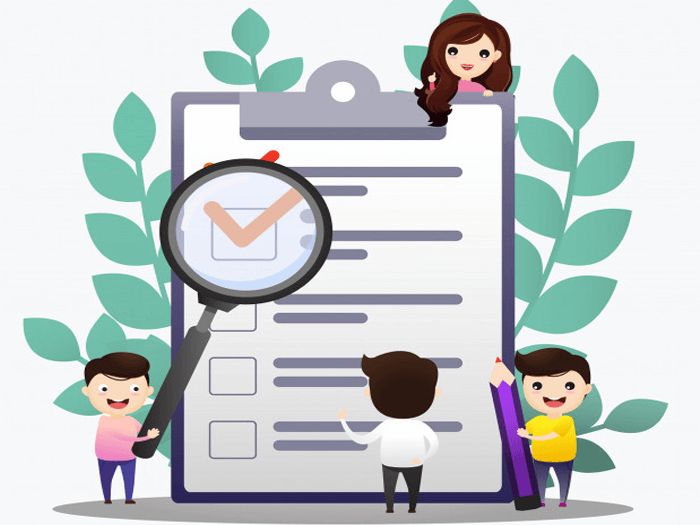
This is the very first step to begin with in your marketing campaign. Establish SMART (Specific, Measurable, Attainable, Realistic and Timely) goals for best results.
SMART goals keep you accountable and provide you with concrete ideas of goals for which to aim. For example; the goal of your marketing campaign is to gain 10 new clients every month using “Facebook marketing” featuring your new product line.
This goal is SMART as it is specific (new customer), Measurable (10 new customers), Attainable (through Facebook marketing), Relevant (featuring your new product line.) and Timely ( Every month)
Take a look at the list of goals below and see which one aligns best with your own business goals?
- Promote a new product or service
- Increase brand awareness
- Gather customer feedback or content
- Generate revenue
- Boost user engagement
- Advertise an upcoming event
- Increase sales
- Increase customers
- Improve retention rate
- Improve percentage of repeat customers
- Get good publicity
The more specificity your goal is, the better your results. Not only is it easier to gauge success when you’ve got a clear-cut goal, it also helps you plan.
Goals can be based around sales, customer satisfaction or profits.
It may also be to gain at least 20 new clients a month or to sell 30 products per week, or to increase your revenue by 40 percent this year through Facebook marketing.
Step 2: Identify Your Target Audience

You’ve successfully establish your SMART goals. Now it’s time to identify your target audience.
First, figure out whom you’re targeting. Understand their general demographic and needs. This will help you craft a relevant, valuable, and memorable marketing campaign.
Here are a few things you may want to consider:
- Age
- Gender
- Location
- Income bracket
- Job title
- Education level
- Interests
- Biggest challenges
Next, figure out what stage of the buyer’s journey your campaign is targeting.
Your marketing message varies, depending on whether your campaign audience is in the Awareness, Consideration, or Decision stage.
Are you trying to bring in new customers, or are you attempting to gather feedback from existing clients? Are you marketing your brand to those who recognize it, or are you introducing a new brand identity altogether?
It’s also helpful to note that a marketing campaign can include collateral for people in various stages of their journey. For example, while your campaign might target current customers, it might also bring brand awareness to new consumers.
Here are some questions to ask yourself and your team to better understand your audience.
- What are my audience’s general interests? What magazines do they read? What TV shows do they watch? How do they spend their free time?
- Where does my audience hang out online? For what purpose do they use Instagram, Facebook, and other networks? Do they engage or merely browse?
- What kind of content gets my audience’s attention? Do they respond to straightforward sales messages, or would they rather consume witty, humorous content? What cultural references would they understand?
- What kind of problems do they have that my product, service, or brand could solve?
Step 3: Choose Metrics To Measure
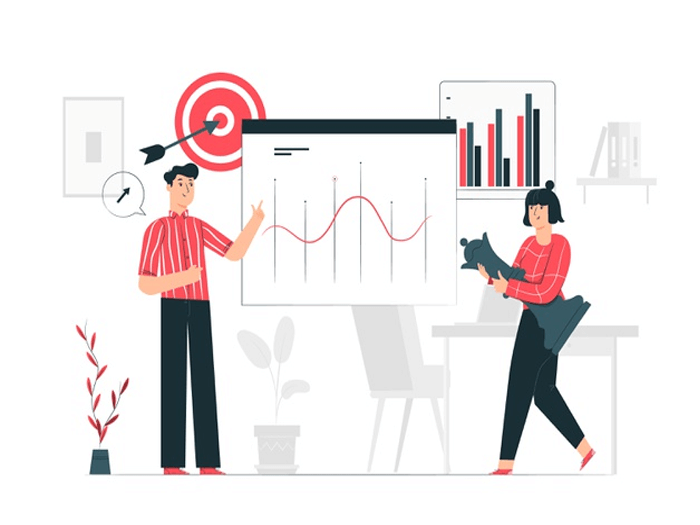
Choosing metrics to measure your campaign will depend on your campaign goal. Also, If your campaign involves multiple marketing efforts (such as social media, direct mail, and radio ads), it’s wise to define how you’ll measure your campaign on each channel.
Here are a few examples of metrics based on the campaign goals I mentioned above.
- For promoting a new product or service: Pre-orders, sales, upsells.
- For increasing brand awareness: Sentiment, social comments, press comments.
- For gathering customer feedback or content: Social comments, engagement.
- For generating revenue: Leads, sales, upsells
- For boosting user engagement: Blog shares, social shares, email interactions and engagement.
- For advertising an upcoming event: Ticket sales, vendor or entertainment bookings, social comments.
For example, let’s say I was running campaign (to gain 100 clients every month) on social media, email, and on our blog.
First, I’d define my key performance indicators (KPIs) for each medium, which may look like:
- Instagram engagements (likes and comments) and profile tags
- Email open rates and click-through rates
- Blog views, click-throughs, and social shares
- Then, I’d define my primary campaign KPI: Instagram branded hashtag.
While the above KPIs indicate how well my campaign is reaching and engaging my audience, my primary KPI tells me how close I am to reaching my SMART goal.
Step 4: Choose Your Marketing Channel

Marketing campaigns are like paintings: A simple one might include two color pallete, while a complex one might include 12.
In this metaphor, your promotion channels are your color pallete.
Typical channels include email, direct mail, radio, social media, TV, events, trade shows, online advertising, digital media, print media, and publicity.
However, your selection depends on two things: Your budget, and your answers from step #2 and #3.
As a small business, a TV commercial is probably out of your price range. Facebook ads, on the other hand, are affordable (as low as $1 per day) and cost-effective. Although it’s worth doing some research to see which other options are financially feasible.
Once you’ve prepared the list of channels, consider your audience. Most especially, know where they spend their time?
An effective marketing campaign incorporates multiple channels to touch potential customers as many times and in as many possible ways.
Think about what type of marketing your campaign will use. This choice depends on your audience preference, budget, and brand engagement levels.
Take a look at the current media channels you use to promote your company. Identify which one perform the best? Which one allow you to pay for advertisements? Which one have the best engagement? Most importantly, where are your customers hanging out?
It probably wouldn’t be wise to publish your campaign on a brand new medium on which your business has no presence. So, stick to those marketing channels on which you’re already killing it.
Start by choosing two or three channels for your campaign. Remember that you’ll need to alter or expand your marketing assets to fit the media channels you choose. Your campaign images, video, and copy might vary between social media, email, print, etc.
Lastly, even if you choose not to actively promote on a certain medium, you can always optimize it to at least mention your campaign. For example, you can update your social media bios, change your email signature, install a website header notification bar, add small calls-to-action (keep reading for more on these) at the bottom of blog posts, and more.
These efforts don’t require much extra work or resources but they promote your campaign nonetheless.
Step 5: Choose Metrics To Mornitor

The effectiveness of your campaign depends on the metrics you’ve chosen to measure. Which also depends on what tyoe of marketing campaign you’re running and what channels chosen.
Here is a list of metrics to watch per marketing channel.
Email Metrics
- Click-through rate
- Bounce rate
- Conversion rate
Social Media (Paid) Metrics
- Click-through rate
- Conversion rate
- Cost per click
- Cost per-conversion
Social Media (Organic) Metrics
- Passive engagements (likes and shares)
- Active engagements (comments)
- Follows
- Click-through rate
Lead Magnet/Content Offer Metrics
- Opt-in rate
- Cost per opt-in
- Follow-up email open rate
- Opt-in conversion rate
Display Ads/Paid Media Metrics
- Cost per thousand impressions
- Click-through rate
- Conversion rate
- Cost per conversion
Direct Mail Metrics
- Response rate
- Cost per conversion
- Average revenue per conversion
Content/SEO Metrics
- Click-through rate
- Bounce rate
- Time on page
- Page scroll depth
- Conversion rate
This may seem like a lot of metrics (depending on your campaign), but keeping an eye on these numbers can help you assess your campaign accurately and better understand how to improve.
Step 6: Design a Compelling Content

This step is all about calibrating your marketing efforts and channels to lead your customers to complete your desired goal. This is done through conversion assets like calls-to-action, landing pages, and lead forms.
These assets can be used separately or in conjunction with one another, such as featuring a lead form on a landing page, or creating a call-to-action asking your audience to fill out a form.
No matter what form your content takes, the most important thing to keep in mind is your audience and the content assets through which you’ll be promoting them.
Lets look at some of these content assets:
Calls-to-Action
Call-to-Action is an image, button, or message that guides visitors to take some action. It cut through the noise of today’s marketing and advertising world and give your audience a clear directive.
Your CTA should be specific and obvious to the people you are marketing to. It’s generally considered a marketing best practice to only include one CTA per campaign, in order to avoid confusing people or diluting your results.
But, there’s no one-size-fits-all for CTAs, especially in the case of marketing campaigns. Your campaign CTA can’t simply ask them to complete your goal. You must also consider how your audience would benefit from completing your action and include that in your CTA.
Your CTA can take many forms. If you’re creating a content marketing campaign, for example, you might choose to market a blog post or a video that encourages viewers to subscribe to your blog. In this case, your CTA would be subscribing to the blog.
If you’re implementing a direct mail marketing campaign, your content might be a postcard or flyer that asks recipients to redeem a discount. In this case, your CTA would be redeeming a code to receive a discount.
Landing Pages
A landing page is a web page that serves as the entry point for visitors who click on your banner ads or social media links. Landing pages are most frequently used to capture leads..
Landing pages give your campaign a home, a destination. They are a dedicated space for your audience to visit and learn more about what your campaign consists of and why they should participate. It also sets your campaign apart from the rest of your website and content.
Your landing page should be ripe with benefits for your audience, especially the unique value proposition (UVP) of your campaign.
High-converting landing pages also contain social proof and a variety of marketing assets like images, strong copy, and video.
Lead Capture Forms
Lead forms or lead capture forms are web forms dedicated to capturing information about a visitor. By filling out the form, the visitor then turns into a lead. Lead forms are not necessary for all campaigns, but they can be great assets for most others, such as product pre-orders and content offer downloads.
A lead capture form helps you gather users data. The form contains a series of fields to collect information from users in exchange for an offer.
Lead forms transform anonymous website visitors into hard data you can use to make sales and learn more about your audience. They put your landing page to work.
Step 7: Plan Your Campaign Calender
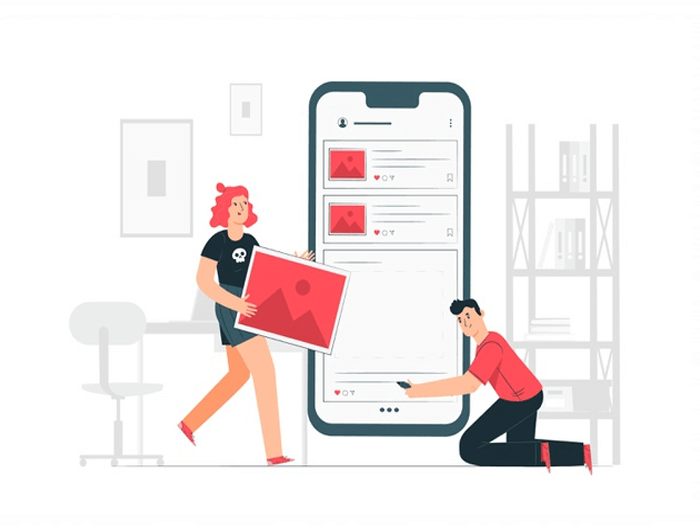
First, build a general campaign timeline. On a calendar, mark your campaign start date and deadline. This gives you parameters to work within.
Next, take a look at your marketing assets and chosen promotional marketing channels. Based on your people and financial resources, how often can you afford to post and promote your campaign content? Create a promotional calendar for each marketing channel.
Decide on the precedence for each channel and map out your scheduled posts, emails, etc. on your calendar.
Why should you map your campaign visually? It’ll help you evenly disperse your campaign promotions and publish equally on each medium. It’ll also give you an idea of where your time and energy is going so that you can look back when assessing the effectiveness of your campaign.
If your promotional calendar seems very, very full, don’t fret. Social media and email scheduling tools can alleviate the pressure of posting daily. Check out tools like HubSpot, Buffer, and MailChimp to help you schedule and manage your campaign promotions.
The promotional stage is all about getting your campaign in front of your audience.
Step 8: Analyse Campaign Data
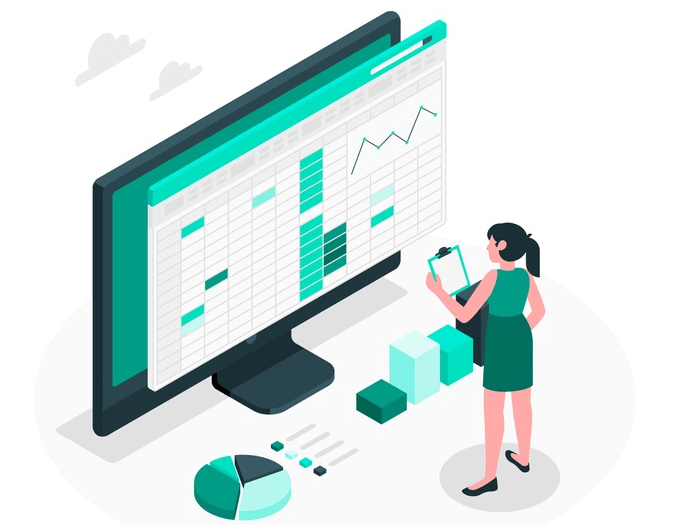
This step helps maximize your campaign’s business impact. When you analyze and apply your data, its value increases tenfold — not only did it help you measure and assess your campaign results, but it’ll also give you direction and clarity on your audience, marketing methods, creative prowess, and more.
Let’s look at Instagram campaign. Of course, images shared by your customers are helpful because they help you gather user content on social channels. But this “data” also provides insight into who your audience is, when and how often they post on Instagram and what language they use.
Lastly, spend time with your team reviewing your campaign. Ask yourselves questions like:
- What could’ve been done differently?
- How could we have saved money?
- For anything that went wrong, why do we think it went wrong?
- What did we learn about our audience or marketing channels?
- What kind of feedback could we gather from participants or customers?
Step 9: Set Your Campaign Budget

ou don’t want to come up with a great idea, work out the costs, and then realize it’s out of your financial reach. Setting a budget based on what you can afford helps you avoid this issue.
Not sure what you can afford? Calculate how much income you generate from an average customer, also referred to as customer lifetime value (CLTV).
There are a number of ways to calculate customer lifetime value, here’s one.
Once you’ve determined your CLTV, estimate how many customers a campaign could realistically bring in (don’t forget to account for how many new customers you can handle).
Step 10: Launch and Mornitor Your campaign

Next, take a look at your marketing assets and chosen promotional marketing channels. Based on your audience and financial resources, how often can you afford to post and promote your campaign content? Create a promotional calendar for each marketing channel. Decide on the precedence for each channel and map out your scheduled posts, emails, etc. on your calendar.
Why should you map your campaign visually? It’ll help you evenly disperse your campaign promotions and publish equally on each medium. It’ll also give you an idea of where your time and energy is going so that you can look back when assessing the effectiveness of your campaign.
If your promotional calendar seems very, very full, don’t fret. Social media and email scheduling tools can alleviate the pressure of posting daily. Check out tools like HubSpot, Buffer, and MailChimp to help you schedule and manage your campaign promotions.
The promotional stage is all about getting your campaign in front of your audience. But, how are you supposed to get your audience to follow the purpose of your campaign? Next, we’ll discuss how to optimize your campaign to convert customers.
.